Strawberry Fields just threw itself a large 10th birthday party, and needless to say, it was a commercial success. I first attended Strawberry Fields Festival in 2013 when I was the ripe old age of 19. I went back to The Wildlands in 2014, 2015 and 2016 – I say this because I want to speak on good authority and explain what’s changed at Strawberry.
I first heard about the festival from a good friend of mine in 2012. Psy-trance was the main focus then, and techno was starting to make its way into the Australian public’s eye. I declined the invitation as the festival seemed too daunting for me, but was lured into the 2013 edition when I saw that KiNK was playing. The festival blew my mind and opened my eyes and ears to a new way of listening to and experiencing music. I had never heard music on speakers that tingled every section of my body in such a way.
The other important thing that I took away from the festival was the vibe that crowds brought in; an important point which I’ll come back to later. The crowd was a loving bunch, a crowd who would say hi and give you a high-five and a hug as you walk past. You genuinely felt the loving presence of the audience. They brought an energy to every set that the DJ’s and performers worked with. Not only that, but the crowd was varied. The psy-trance community were the majority group, followed by a range of people who engaged with the underground house and techno scene. People were there for the music and to dance their brains out.
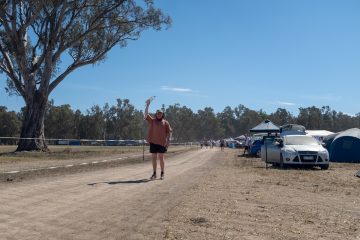
All in all, 2013 was a brilliant festival. From there, 2014 was a major step up, at a point where the festival’s musical focus was shifting towards house and techno, and shifting away from psy-trance. 2015 was a very large step beyond the scope of 2013, and I think this was because of the hype surrounding the previous years, as well as how they marketed the festival. 2016 brought a very noticeable difference in crowd demographics and music taste. Psy-trance was elusive and not once played on the main stage. I had my inkling that the festival was turning into something else in 2015, but 2016 confirmed that. I had a lot of fun at all festivals from 2013 through to 2016. An overseas trip meant that 2017 was off the books for me, but I thought I’d come back to The Wildlands after reading about the stellar lineup that was provided for the 2018 edition. My small crew and I set out and made the journey to Tocumwal once again. The sights on the drive north were all too familiar, with each passing landmark making you all the more excited. Upon arrival at The Wildlands, we bunked ourselves into the main camping field and erected our home for the weekend.
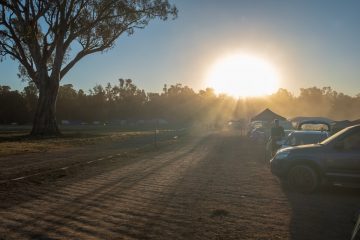
The camping has changed at Strawberry over the years. The 2013 and 2014 campsites were more or less a free-for-all amongst the gum trees and bushes. Understandably with a bigger crowd, you need to implement some camping logistics. 2018, whether because of our arrival time or because of the festival’s schematics, had us camp in extremely dusty open fields. Despite the best efforts of water trucks, the dust was often overwhelming. This isn’t a jab at the festival, and no one can control the widespread effects of a country in drought, but I do miss camping among the trees that made the Wildlands so iconic. In any regard, it was a nice point of difference.
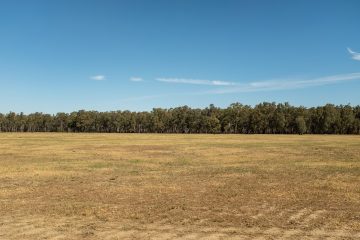
Friday night was what I was looking forward to the most. Sasha, Peter Van Hoesen, and DJ Nobu were to provide the sonic output. I pondered over whether or not the crowd were going to be able to palette the forthcoming music. As soon as Sasha took control of the decks, after a strange half-an-hour delay (turns out his team were running a bit late), he had the crowd moving. Needless to say, Sasha played the sunset time slot to perfection. As soon as the sun had vanished and the sky glowed, he increased the pressure on the crowd. An hour and a half isn’t long enough for Sasha to play; I feel like he required at least three to four hours to really build something special. After a pit stop to camp, our crew came back for Peter Van Hoesen. I hope the crowd’s collective mind was thoroughly blown because he put on a techno masterclass. He has a special place in my heart because of his 2015 Strawberry set, which myself and everyone in attendance will remember as an absolute masterclass. The man just knows how to DJ and work a crowd. I knew what Peter was capable of, and he certainly didn’t disappoint. By this stage I didn’t care what the crowd was thinking, we all just grooved together.
DJ Nobu increased the sonic pressure on the crowd, and gave a lesson in techno soundscapes. The music cut out halfway through the Japanese DJ’s due to generator issues, much to the surprise of both DJ Nobu and the audience. Once things were back in order, Nobu continued to rock out on the decks. I love the way he moves with the music. He’s so physically involved in the mixing process. I had a hollow feeling when the music stopped because for me personally, I knew there was nothing that could top what we had just seen. Strawberry Fields since 2016 has taken on a strange format, where the music decreases in intensity until the closing set of the festival, and I hoped that Friday wouldn’t be the start of this downward slide.
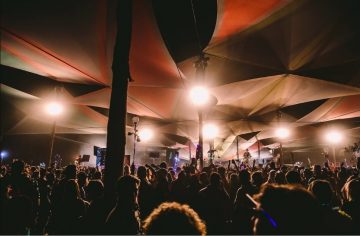
By far and away, Strawberry Fields has the best location of all the large Australian Festivals for one simple reason. The mighty Murray River. There couldn’t be a better way to throw off the hangover from the previous night than swimming in a perfectly tempered freshwater river, and paddling in the current. Having a stage placed directly on the river only heightens the experience. Needless to say, the beach stage was a crowd favourite for a day-boogie. The highlight of Saturday night for me was the Deep Jungle stage. The stage itself was by far the most striking and thoughtfully designed of them all. Its surface and design reflected the patterns of the giant gum trees that surrounded the stage. It sounded good too. Very good.
Some standouts from the stage were Pearson Sound and DJ Seinfeld, but HAAi was best on ground for me. Her set sound stood out amongst DJs like the stage itself stood out amongst the design of the others. Her energy behind the decks complimented her set, as her energetic and rhythmic movement reflected a certain level of enthusiasm to the audience. Upon cruising over to main stage to see Heidi, we noticed that DJ Seinfeld and HAAi had control of the decks. The reason remains unknown to me still, but the two did a good job to cover the set. Although the energy of the music wasn’t quite the same as they played on Deep Jungle, the crowd were still into it. My friends and I really explored the tree-covered gully close to the river on Saturday night. We saw live bands, dance routines and enjoyed a lovely moonlit beer sat next to the Murray River. Sounds all so romantic no? Most people were at the stages, so you could really just relax and enjoy the company of your mates with nice music.
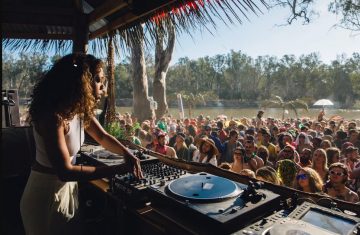
Come Sunday, the dip in the Murray was essential. Days of dust and dancing were starting to take a toll. The main stage held host to all the most important of songs, singing happy birthday to the festival, however, there was one more crucial act to see: Carl Craig. Carl played back in 2013, which was my first encounter with the Detroit lord. Having seen him again at Let Them Eat Cake, I was rather keen to see him a third time. What happened just before Carl’s set confirmed the suspicion that I held toward the crowd. Allow me to explain. Honey Dijon, who, it has to be said played a classy set, was speaking to the crowd after her set, hyping up the impending Carl Craig. The crowd was just not responding to it. The last thing she said was “y’all ain’t shit”. To a certain extent, I agree with what she said. The crowd didn’t know who Carl Craig was, the legacy that he carried behind him or his skill. Carl took back the mic, awkward laughed it off, and began his lovely closing set. It started with some soulful disco classics, almost as if educating the crowd as to the roots of dance music. Half-an-hour in and he finally let loose the power of the subwoofers placed at his feet. He had entranced the crowd and had us all dancing to our heart’s content for the remainder of the afternoon.
What happened with Honey Dijon’s little quip highlighted to me just what type of crowd came to the festival this year. Another train of thought would be that the microphone shouldn’t have been there in the first place, and the music should have just been the focus. This is all very subjective, and I agree to certain extents with both of them, but it was nonetheless an odd moment. So, the big question is what’s changed about Strawberry Fields? Simple answer: plenty. Strawberry started life as an out-and-out “doof”. It’s turned into a commercial festival in the bush, and is by no means a “doof” anymore. How did this happen? The festival slowly took aim at a different crowd through promoting an overall different style of music. 2013 saw the blending of the doofers with the underground techno and house community. 2015 saw the doofers all but vanish from the scene and bring in a younger crowd of people who’s taste was far more slanted towards house and disco. 2018 brought a crowd that just wasn’t there for the music. You could easily tell by the way they danced and their reaction when acts finished sets. This is again by no means a complaint, simply an observation. The only complaint I carried out with me is that the stage orientation was wrong. Main stages had two other stages either side of it, yet they all faced the same direction. This meant that you could hear sounds from other stages interfering with the music coming from main. I’m not sure if there was a reason why it had to be this way, but it affected the experience.
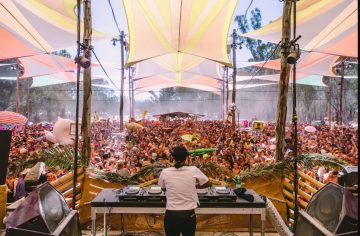
To sum the weekend up, I actually had a great deal of fun. This was because I had great company, as well as a serving of quality music and a beautiful natural setting. The festival has just changed a lot, and depending on which side of the fence you sit on, this could either be a good or bad thing. I for one don’t think it appeals to me the way it used to, but that’s okay because my taste in music and crowd has developed a lot since I was 19. I think that for some of the crowd who hadn’t experienced music in that kind of setting, or who hadn’t been to a bush festival before, would have had a good introductory lesson to quality music, and the type of atmosphere that the Australian bush festival is celebrated for.
Thanks to Strawberry Fields for having me along and to Full Throttle entertainment for providing the oomph.
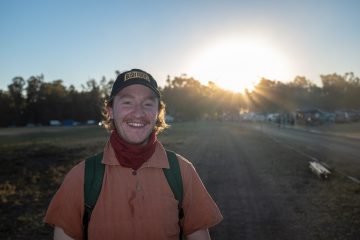
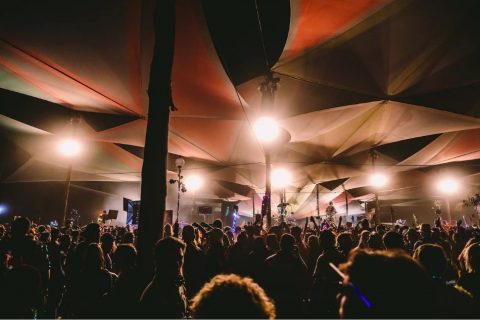
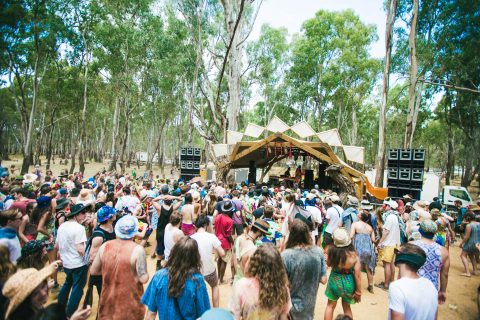
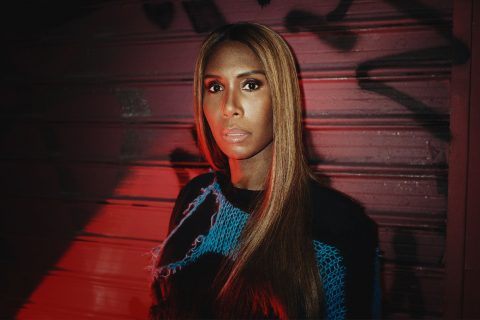
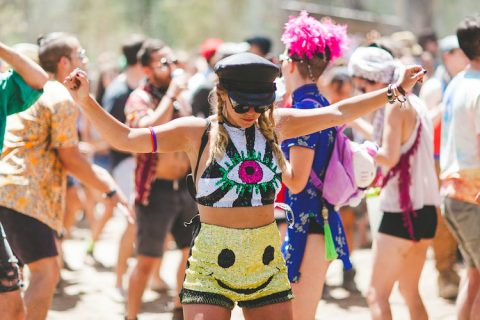
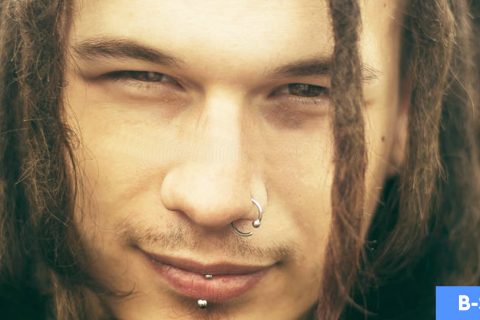
Comments